Monday evening, the Winter Park City Commission presented a holiday gift to the community: the passage, by a 3-2 margin, of a revised historic preservation ordinance, over two years in the making. This ordinance, which has been written about extensively in this blog and in the local media, effectively makes it easier to form a historic district in Winter Park by lowering the threshold for approval from 67% (the highest such threshold in the state) to a simple majority of homeowners voting in favor of a district’s formation. How this gift is received–either as a lovely heirloom ornament or a lump of moldy fruitcake–owes largely to whether the recipients, the residents of Winter Park, have been swayed by the misinformation campaign that’s been waged by opponents to the ordinance, who want you to believe that life in a historic district is an Orwellian nightmare. Consider these actual quotes plucked from widely-circulated scare-o-grams and Facebook:
- “Once Historic Designation is forced against your will based on arbitrary criteria, the Historic Preservation Board will arbitrarily control every aspect of any improvements on your property.”
- “When arbitrary and capricious are attached to a town board presiding over our largest asset . . . there’s no place to hide and no amount of booze to dull the loss of freedom.”
- “Anthropologists are wonderful. However, they shouldn’t be telling you, me or anybody what to do with our house and property. An unelected, appointed anthropologist is as dangerous as every other category cited in the revised HPO. They need to mind their own business.”
- Force. Coercion. No Free Choice. Welcome To Winter Park-A city of Coercion and Force. Live and Let Live!
Equally misleading was a postcard sent out in early November to every homeowner in a potential historic district, featuring an image of a house wrapped up in chains on the front. The back of the postcard warned “MORE RED TAPE–YOUR HOME COULD LOSE VALUE!” in red all caps, citing an study by “The Sunbeam Times” as its source.
The sender of the postcard – an outfit identified as “YourWinterPark.com”–presumably banked on the fact that recipients wouldn’t fire up their computers and check the source of this scholarship–a St. Pete-based physican/blogger committed to disproving global warming, railing against Islam, and painting the Pope as a liberal “Non-Catholic.” (http://www.sunbeamtimes.com/2015/09/25/pope-francis-and-his-dangerous-non-catholic-climate-change-politics/)
You read that right–the only known ‘research’ that concludes historic districts decrease home values was conducted by a man who would answer “No” to the question “Is the Pope Catholic?”
Preservation Winter Park thought it would make sense, if we want to know how future historic districts might operate in Winter Park, to consult the actual evidence of how our current ones are governed. After all, the College Quarter Historic District was formed in 2003; the Virginia Heights East District followed in 2010. The minutes from the last six years of HPB meetings are all online for anyone to study. Gluttons for punishment can study them themselves (HPB Minutes); others can just read the following summary of how Winter Park historic districts are governed in actuality:
Myth #1: In historic districts, you have to consult the Historic Preservation Board before changing the color of your house or installing new door hardware.
Reality: Since 2009, the Historic Preservation Board has not considered a single case pertaining to new paint or door hardware. Not one. Residents of historic districts are permitted to make changes to their homes that don’t materially affect the structure of the exterior envelope of the home.
Do these photos of homes in the College Quarter point to strict color regulations?
Myth #2: A contributing resource in a historic district can never be demolished.
Reality: It is true that in order to demolish a contributing resource in a historic district that permission must be granted by the HPB. This is, after all, the purpose of historic districts—to preserve the historic (contributing) resources that enhance the visual appeal of the entire neighborhood, both for current and future residents.
That said, on certain occasions permission has been granted for the demolition of contributing structures in districts. For example, in 2010, a builder petitioned the Historic Preservation Board to demolish a 1950s era cinderblock home at 100 Stirling Avenue. Although the house was considered contributing because of its age, the board determined that the house was not architecturally unique, and that it didn’t add to the character of the district. This home was built in its place: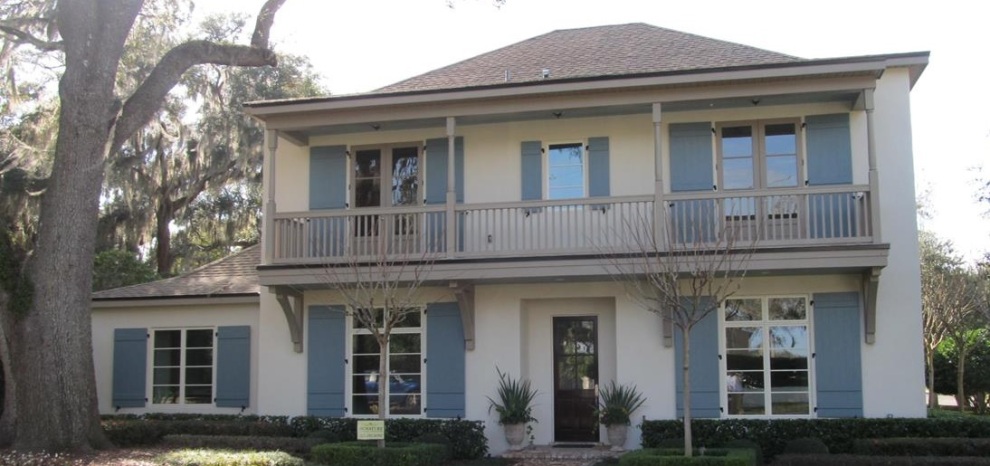
Myth #3: If you are in a historic district, you must consult the Historic Preservation Board before making interior changes to your house.
Reality: The rules that govern historic districts pertain to the exterior envelope of the house only. Interior changes never require approval by the Historic Preservation Board. Hannah and Wade Miller are in the midst of a 10 month renovation on a home that is both individually listed and located in the Virginia Heights East Historic District. This renovation essentially leaves no room of their home untouched—yet required no approval by the HPB. (Read the Millers’ story here.)
Myth #4: Major exterior changes cannot be made to contributing houses in historic districts.
Reality: The goal of the Historic Preservation Board is to ensure that changes made to homes in historic districts do not detract from their architectural integrity or from the greater character of the district. At the majority of its monthly meetings, the HPB approves changes to individually listed structures or homes in districts–many of them quite substantial. The board works with homeowners toward the mutually beneficial goal of preserving the historic structure while meeting the current homeowners’ needs. Just a few examples from recent years :
In 2009, the house at 945 Lakeview made a substantial, architecturally appropriate addition to the side and rear of the house:
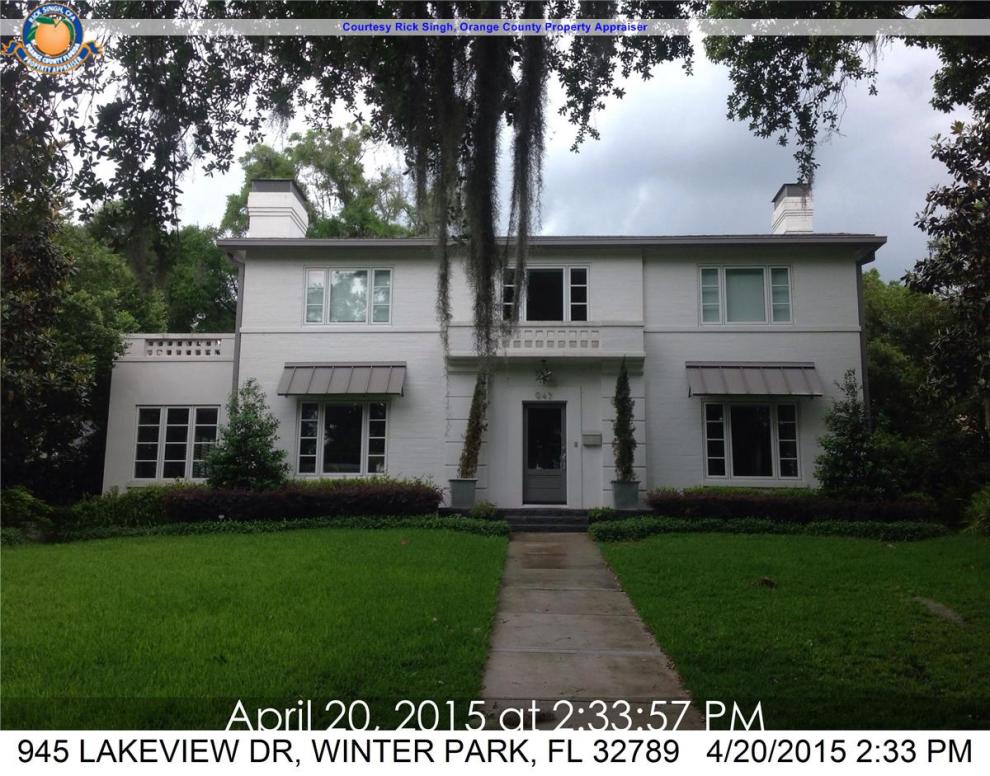
In 2011, a major rear addition on the house at 1035 Lakeview was approved.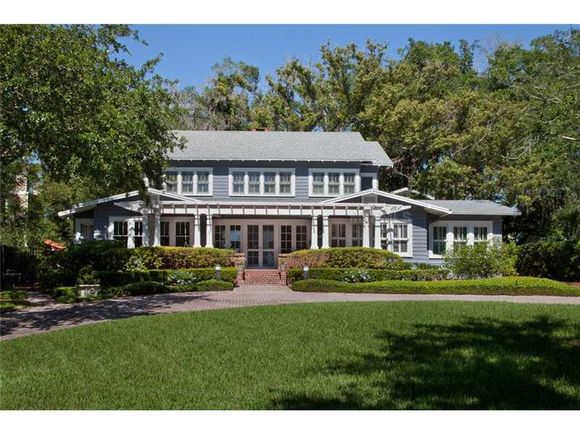
In 2011, the homeowners of 1350 College Point received permission to construct a 2nd story garage apartment, which significantly changed the appearance of the home from the street.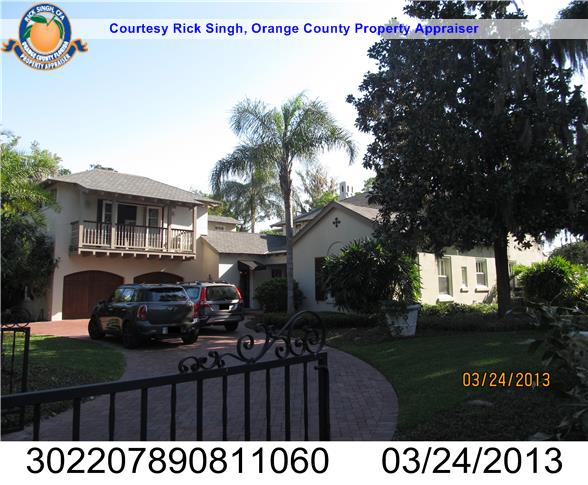
As reported in our last blog post, the homeowners at 905 Lakeview are in the midst of a major renovation involving the reconstruction of the front facade 8 feet closer to the road. The homeowner, Pam Coutant, described the process of seeking permission from the HPB as “a non-issue.”
Myth #5: Any new construction in historic districts has to match the style of neighboring structures.
When a historic district is formed, the neighbors agree on design guidelines for infill construction. Typically these guidelines are more concerned with height, materials and rhythm of openings than in dictating architectural style. For example, in 2008 three houses similar to this one were constructed in the College Quarter Historic District, a neighborhood defined by 1920s bungalows.
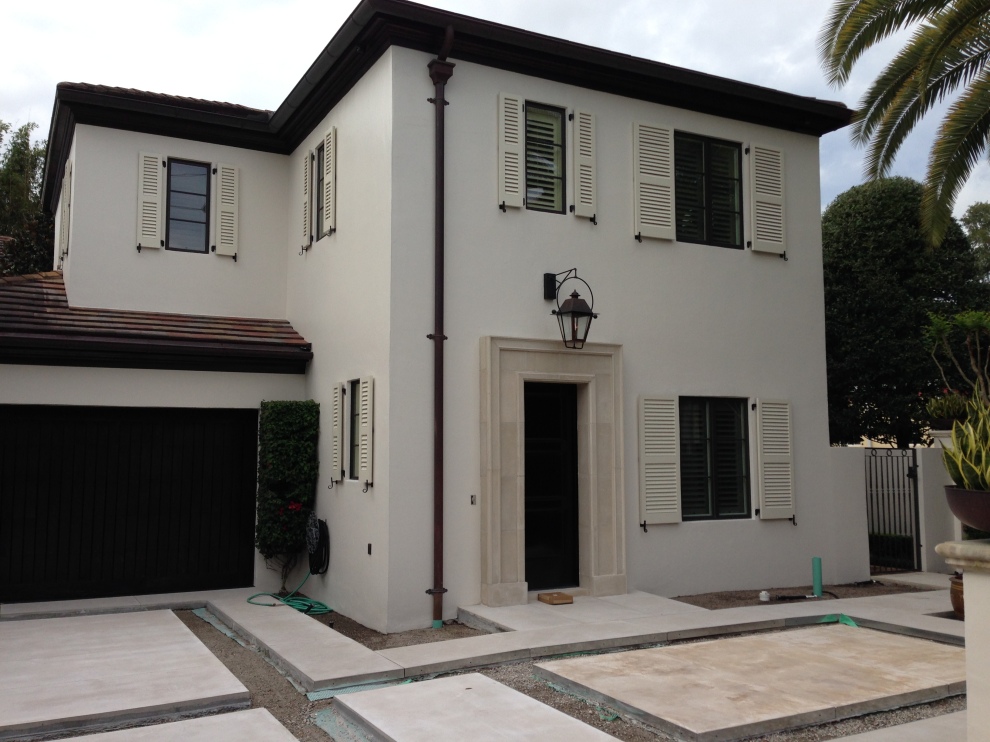
Myth #6: The new ordinance creates a board of unelected historians and anthropologists.
Reality: The new ordinance specifies that one member of the HPB shall be a licensed architect, one shall live in a designated home or historic district, and one shall have a demonstrated knowledge of Winter Park history. The remaining five board members must meet no specific professional qualifications. The ordinance states: “Members of the HPB shall have demonstrated civic pride, interest in historic preservation and the knowledge, experience and mature judgment to act in the public interest to make informed and equitable decisions concerning the conservation of historic resources.” Would we want otherwise?
Myth #7: The new ordinance creates “mandatory historic districts.”
Reality: Calling a historic district – as it is defined and created under the revised ordinance – “mandatory” is akin to calling a public official elected by 53% of voters a “dictator.” As in the majority of civic matters, under the new ordinance, majority rules. Yet opponents of the ordinance have repeatedly hammered the simple-majority threshold by painting it as mandatory and dictatorial–even invoking Nazi references when arguing on social media.
Back in the real world, understand that the newly-approved ordinance created exactly ZERO new historic districts. Rather, it codified the following process for a neighborhood to become a district:
- Twenty percent of the homeowners must sign a petition to the HPB to form a historic district; half of the petitioners must live in designated or contributing structures. The petition must include a description of the proposed boundaries of the district, and a brief statement explaining setting forth: (i) that at least 50% of the homes in the proposed district are individually designated historic homes or contributing homes; (ii) explaining its historic, cultural, aesthetic or architectural significance, (iii) the specific National Register of Historic Places criteria (two or more) that apply to the proposed district.
- The HPB then notifies all the homeowners in a proposed district and facilitates a series of conferences with the neighborhood to answer questions and establish the specific guidelines for the district.
- A full report is mailed to all property owners along with a ballot. A majority of all property owners must submit a “yes” vote in order for the nomination to proceed.
- The HPB considers the district application at its next regularly scheduled public meeting and votes to approve or disapprove.
- If a majority of HPB members approve the district, the application moves on to the City Commission for consideration. More public input is sought, and then a majority of commissioners must approve the district formation for it be be finalized.
In sum, calling a process “mandatory” approximately googolplex times on social media and in robocalls and slick mailers may incite hysteria, but it does not make it true. A full description of the process can be found here: Agenda packet, pgs. 196-7.
Myth #7 (and this is a whopper): Historic Districts decrease property values.
Reality: Here, we can let the evidence speak for itself. Supporting this claim is the above-referenced study featured in “The Sunbeam Times.” Showing precisely the opposite — that property values increase in historic districts–we have scores of scholarly studies commissioned by state governments and major land-grant institutions, including:
Benefits of Residential Historic District Designation for Property Owners: http://preservationnj.org/site/ExpEng/images/images/pdfs/Historic%20District%20benefits_Mabry_%206-7-07.
Historic Preservation: Value Added: http://www.research.ufl.edu/publications/explore/v08n1/historic.html
Economic Impacts of Historic Preservation in Florida: http://dos.myflorida.com/historical/publications/economic-impacts-of-historic-preservation/
Historic Preservation and Residential Property Values: An Analysis of Texas Cities: http://www.dahp.wa.gov/sites/default/files/Leichenko_Study.pdf
Profits through Preservation: http://utahheritagefoundation.com/preservation-resources/econstudy#.VR6tEE10zcs
CONNECTICUT LOCAL HISTORIC DISTRICTS AND PROPERTY VALUES: http://www.placeeconomics.com/wp-content/uploads/2011/03/ct_report_2011.pdf
The Impact of Historic Districts on Residential Property Values: http://www.ibo.nyc.ny.us/iboreports/HistoricDistricts03.pdf
The Impact of Local Historic Districts on House Prices in South Carolina: http://shpo.sc.gov/pubs/Documents/hdgoodforpocketbook.pdf
The (Economic) Value of National Register Listing: http://www.placeeconomics.com/pub/placeeconomicspub2002.pdf
The federal Advisory Council for Historic Preservation (ACHP) has a page compiling the economic impact studies for 24 different states. http://www.achp.gov/economic-
When, as in this case, the evidence speaks for itself, we won’t interrupt.
What’s the bottom line? By making it easier for appropriate Winter Park neighborhoods to form historic districts, the City Commission made an intelligent, fiscally prudent, and politically courageous decision that has the potential for benefiting current and future residents through increased property values, and through preserving the precious sense of place that makes Winter Park so unique. The commissioners voting in favor – Cooper, McMacken and Seidel–committed themselves to analyzing every aspect of the issue, consulting experts, reading scholarly research, and making a decision that they knew to be right for our city.
Economist John Kenneth Galbraith famously said, “The preservation movement has one great curiosity. There is never retrospective controversy or regret. Preservationists are the only people in the world who are invariably confirmed in their wisdom after the fact.”
It bears noting, however, that Commissioners Cooper, McMacken and Seidel didn’t side with preservationists on Monday night. They sided with Winter Park.
In time, history will thank them for this gift. This holiday, we should, too.


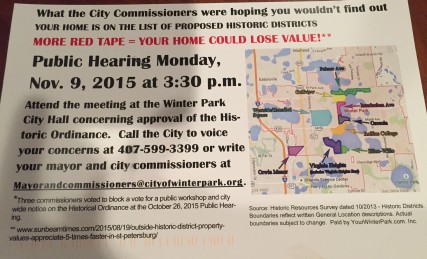
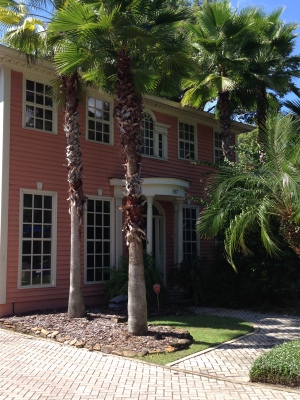




Betsy, thank you for a well written, fact-based blog hopefully allaying the fear for many. Your continued brilliance lifts the conversation to a better and more reasoned debate among residents.
me thinks thou doth protest too much.